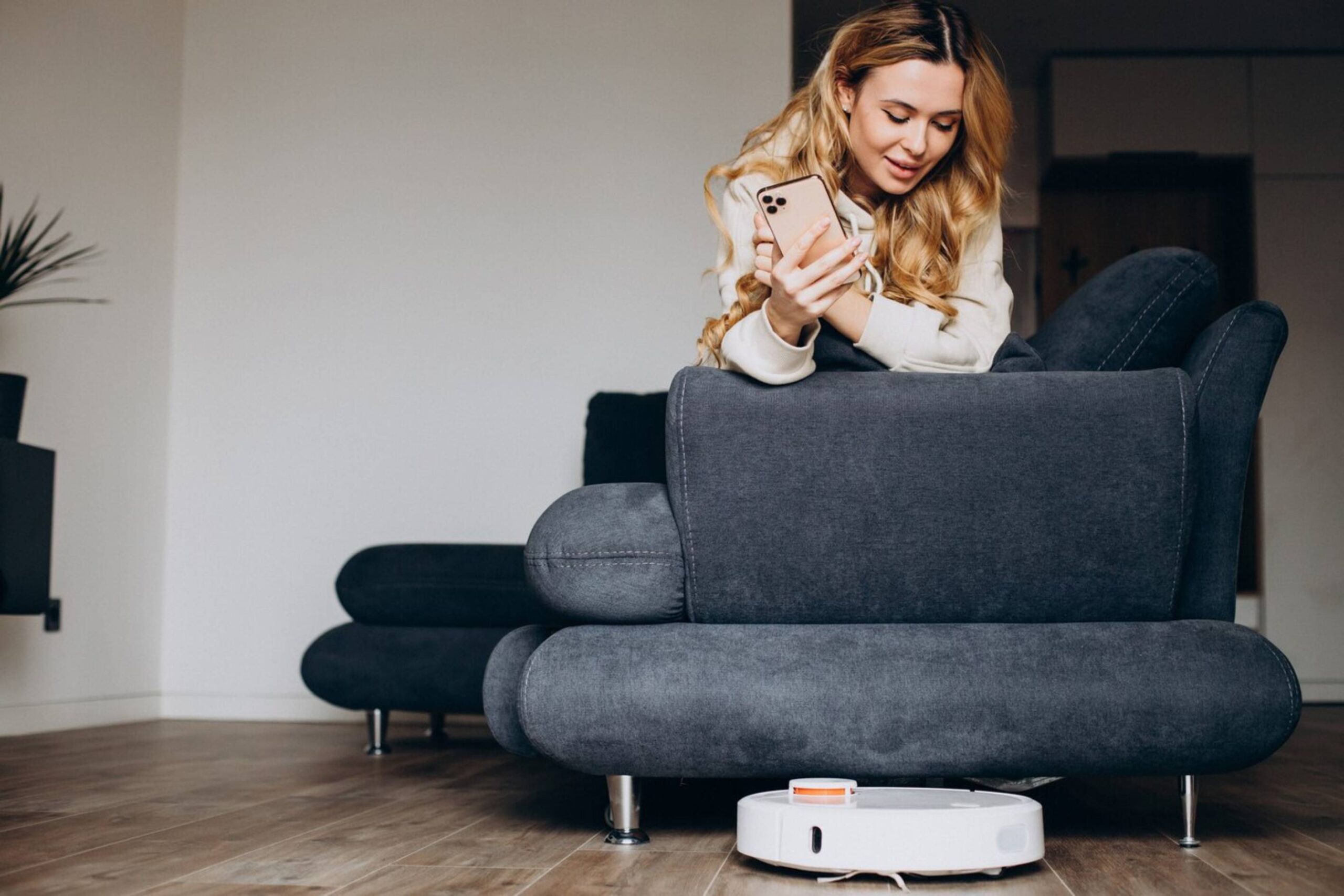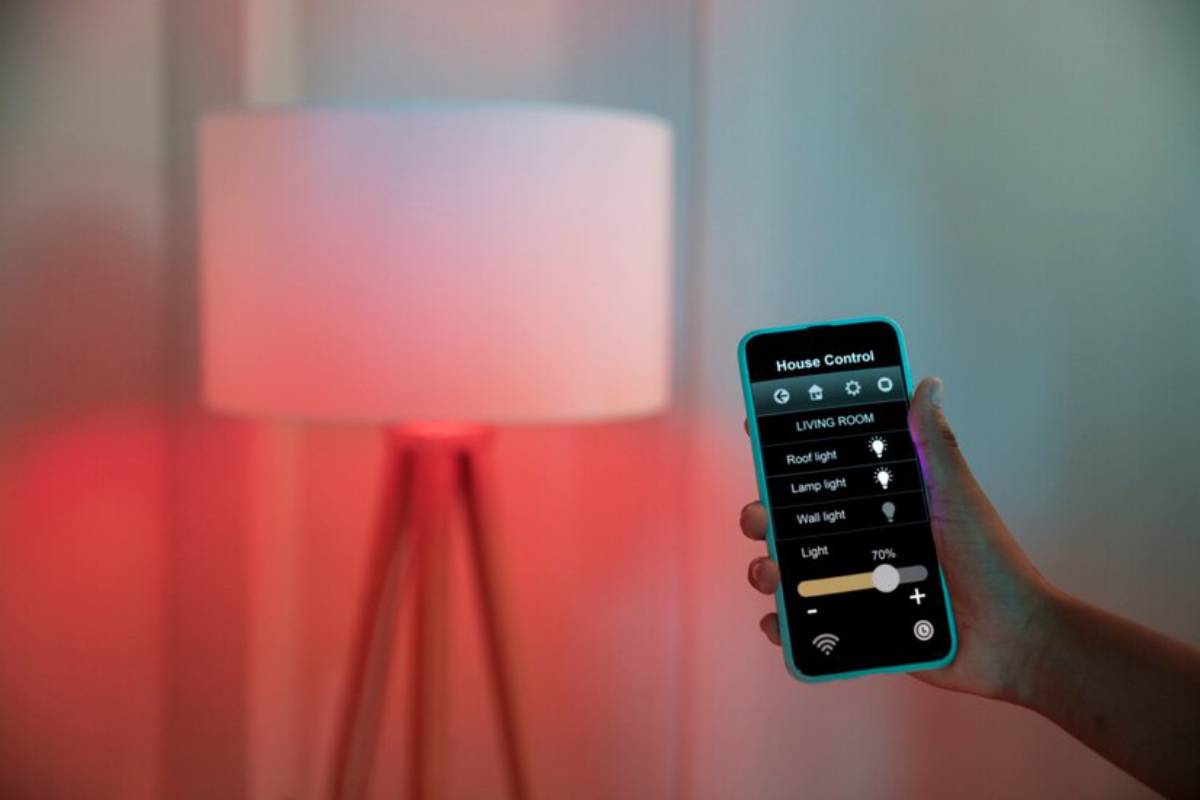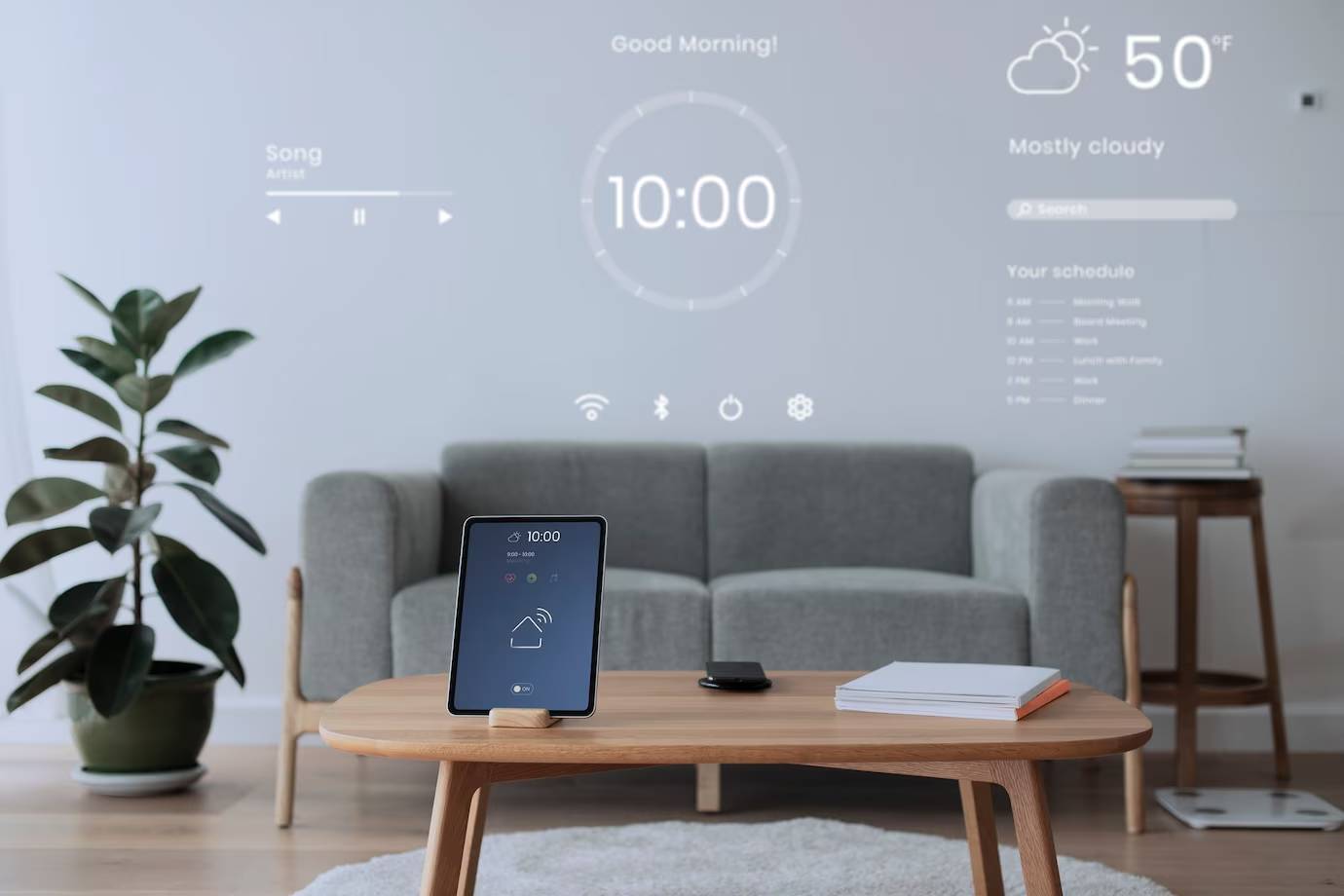
Setting Up Voice Commands for Seamless Home Control
In today’s fast-paced world, controlling your home with your voice is a game changer. Voice-controlled assistants have changed our lives. They let us manage lighting, security, and more hands-free. This blog explains how to set up voice commands for easy home control. We’ll guide you through key steps and tips to optimise your smart home voice automation.
Why Voice Commands Matter in Smart Home Automation
Voice command setup is increasingly becoming a staple in smart home automation. Hands-free control is appealing. It provides convenience and efficiency that traditional methods can’t match. Picture stepping into a room, and the lights automatically adjust to your liking. Or think about asking your assistant to play your favourite playlist, all without moving a muscle. These scenarios are not just futuristic dreams. They are real now, thanks to voice-controlled technology.
Moreover, voice commands enhance accessibility, particularly for individuals with mobility challenges. Voice-controlled assistants help users engage with their surroundings more easily. They remove physical barriers, allowing for greater independence.
Key Benefits of Voice Command Setup
Enhanced Convenience and Efficiency
The main draw of smart home voice automation is how it simplifies daily tasks. A good system lets you control many devices at once, saving time and effort. For example, one voice command can start a series of actions. You might dim the lights, adjust the thermostat, and lock the doors before bed.
Improved Home Security
Voice-controlled systems can boost your home’s security. You can link your cameras, alarms, and locks to your voice assistant. This lets you monitor and manage your security easily. For instance, you can ask your assistant to show the front door camera on your smart display. You can also command it to lock all doors.
Energy Efficiency
Smart home voice automation helps save energy by optimising appliance use. You can create routines to turn off lights and electronics when they’re not in use. You can also adjust the thermostat to match your daily schedule. This cuts energy consumption and lowers your utility bills.
Setting Up Your Voice Commands: A Step-by-Step Guide

Step 1: Choose the Right Voice Assistant
The first step to setting up voice commands is choosing a voice assistant that fits your needs. Popular choices are Amazon Alexa, Google Assistant, and Apple Siri. Each has unique features and works with different smart home devices. So, it’s important to pick one that matches your technology and preferences.
Step 2: Integrate Compatible Devices
After choosing a voice assistant, connect compatible smart home devices. These can include smart lights, thermostats, locks, cameras, and others. Check that these devices work with your assistant and are linked to your home Wi-Fi network.
Step 3: Configure Voice Commands
After you integrate your devices, it’s time to set up voice commands. Start with simple ones for each device. For example, say “turn on the living room lights” or “set the thermostat to 22 degrees.” As you get used to it, you can make more complex routines. These can trigger multiple actions with a single command.
Step 4: Customise Routines
Customising routines is where the true power of smart home voice automation shines. Routines allow you to automate sequences of actions based on specific triggers. You can set up a “Good Morning” routine. It can slowly turn on lights, share the weather, and start your favourite morning playlist.
Step 5: Test and Optimise
Finally, it’s essential to test and optimise your voice command setup. Experiment with different commands and routines to ensure they work seamlessly. Feel free to adjust settings and configurations to get the control and efficiency you want.
Common Mistakes and How to Avoid Them
Overlooking Compatibility
A frequent error in setting up voice commands is not considering device compatibility. Make sure all your smart home devices work with your voice assistant. Incompatible devices can lead to frustration and limited functionality.
Neglecting Security
While voice commands offer convenience, it’s crucial not to compromise security. Ensure that your voice-controlled system is protected with strong passwords and two-factor authentication. Regularly update your devices and software to safeguard against potential vulnerabilities.
Ignoring User Preferences
Customisation is key to a successful voice command setup. Avoid the mistake of ignoring user preferences and needs. Personalise your commands and routines to fit your lifestyle. This way, you’ll enjoy a better user experience.
Advanced Insights: Maximising Your Voice-Controlled Experience

Exploring Third-Party Integrations
To further enhance your smart home voice automation, consider exploring third-party integrations. Many voice assistants work with many third-party services and apps. This lets you add more features and build complex routines.
Leveraging AI and Machine Learning
Voice-controlled technology is evolving, with AI and machine learning improving user experience. These tools help voice assistants learn from user interactions. They adapt to preferences and get better over time. Stay updated on new developments to maximise these advancements.
Conclusion: Embrace the Future of Home Control

Elevate your home with voice commands, a symphony of convenience and security. This isn’t just a tech upgrade; it’s a lifestyle revolution. Select your voice assistant like a maestro picking instruments. Seamlessly integrate compatible devices and choreograph personalised routines. Soon, your home becomes a smart sanctuary. It will respond to your every command with ease.
Embarking on your journey into smart home voice automation? Consider safety, compatibility, and personal touches. Welcome the era of seamless home control. Revel in the endless perks of hands-free, voice-activated living!


